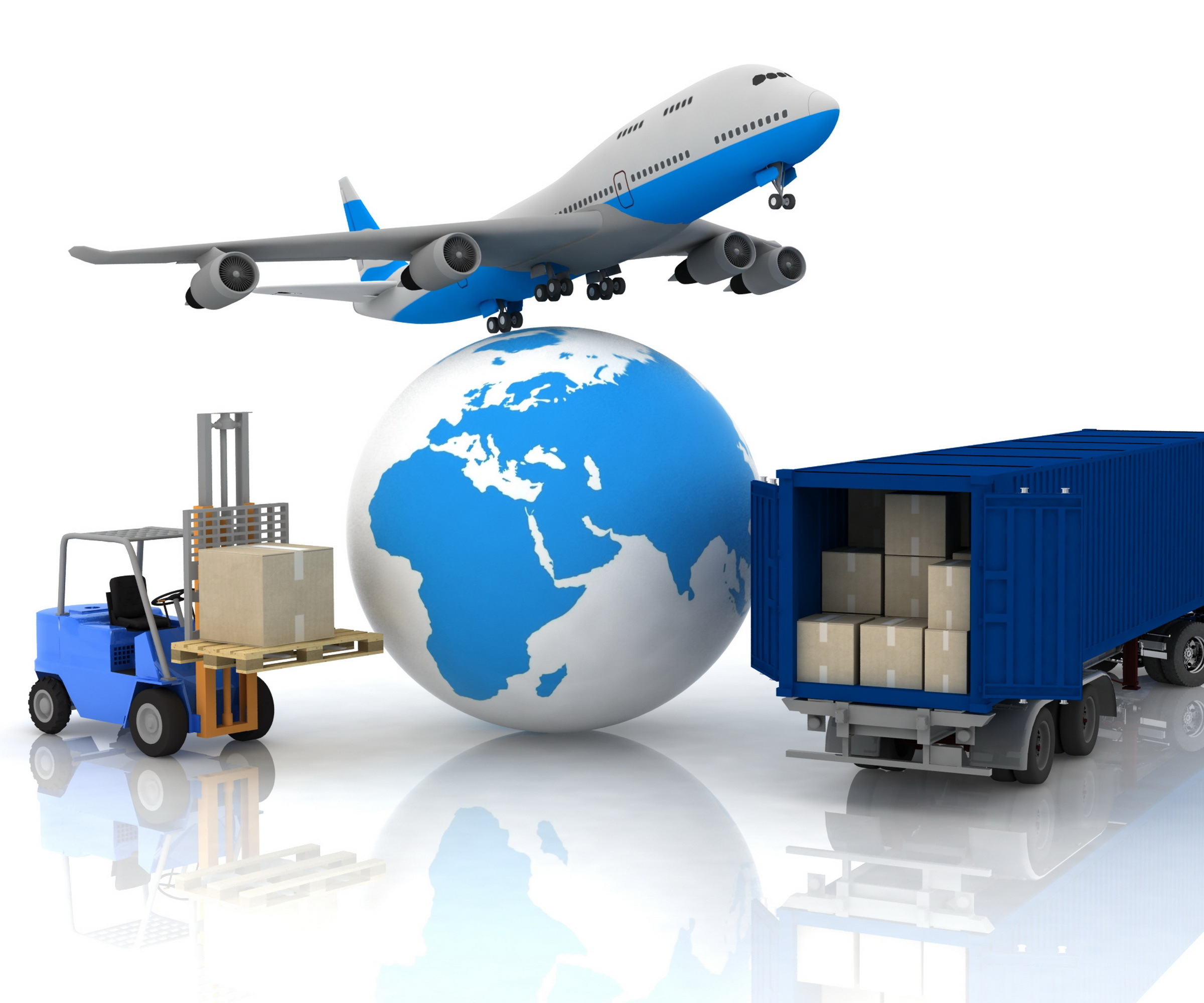SPECIAL REPORT
Integrated Logistics Management

Integrated Logistics is defined as “ the process of anticipating customer needs and wants; acquiring the capital, materials, people , technologies and information necessary to meet those needs and wants; optimizing the goods-or-service-producing a network to fulfill customer requests; and utilizing the network to fulfill customer request in a timely way.”Integrated logistics is a service-oriented process. It incorporates actions that help move the product from the raw material source to the final customer.
Integrated Logistics Management
The movement of raw materials and components to a manufacturing company must be managed. So must the movement of finished goods from the manufacturing plant to further processing, to the retail, or to the final consumer. The management of this movement is called integrated logistics management.
Variables affecting the Evaluation and Growth of Integrated Logistics
Many variables affected the evaluation and growth of integrated logistics.
The first was the growth of the consumer awareness and the marketing concept. Product line expanded to meet the rising demand for more selections. This product line expansion put great presser on distribution channels to move more products and keep cost down, especially in transportation and inventory.
A second factor was the introduction of information technology (IT). IT experts and integrated logistics manager quickly found a multitude of IT applications for logistics. This application offered still greater efficiency in transportation routing and scheduling, inventory control, warehouse layout and design, and every aspect of integrated logistics. In fact, IT allows integrated logistics managed to modal integrated logistics system and then analyze the effect of proposed change. This application greatly advance the system’s approach
The third variable leading to the growth of integrated logistics was the world wide economy in the 1970s and 1980s. Global recession and rising interest rates caused many firms to refocus attention on reducing cost advantage; many firms were forced to revaluate overall transportation needs. Also, rising interest rates turned attention to maintaining minimum inventory levels because of the cost of capital
Globalization of business and the development of world trade blocks are a fourth factor influencing the growth of integrated logistics. Integrated logistics can provide firms with a cost advantage. Furthermore, trading blocks in Europe. Southeast Asia, Asia, Africa and the Americans (European Union, association of Southeast Asian nations and the Asian-pacific economic cooperation, southern African development community, North American free trade agreement and now the free trade agreement of the Americas) require integrated logistics to tie the participating countries into single marketplaces.
The final factor affecting integrated logistics is the growth of just-in-time manufacturing (JIT), supply management, transportation, and electronic data interchange (EDI) in the 1980s and 1990s. As manufacturers adopted total quality management (TQM), JIT, and EDI, integrated logistics management has come to the forefront. Effective TQM and JIT require optimizing the inbound and outbound transportation and more efficient inventory management.
Activities related to Integrated logistics.
- Physical distribution.
- Materials management.
- Logistics engineering.
- Business logistics.
- Logistics management.
- Integrated logistics management.
- Distribution management.
- Supply chain management.
Although the activities include under each term vary, they share one key ingredient: “The concept of a continuous uninterrupted flow of the product.”
Operations involved in Integrated logistics model.
- Inbound logistics: It is referred to as procurement or physical supply. It deals with the relationship between the firm and its suppliers. It addresses the flow of materials from the suppliers to the plant or into service operations.
- Conversion / operations: It deals with the logistical relationship between and among the facilities of the firm. It addresses how goods and materials move among workstations within operations.
- Outbound logistics: It is referred to as physical distribution. It is the logistical relationship between the firm and its customers. It is the movement of s finished product out of the plant to the final customer.
Each of these relationships is sustained by the execution of 5 primary logistics activities like transportation, facility structure, inventory management, material handling and communication / information. These activities are interwoven throughout the integrated logistics system. Each is vital and is found at every stage.
- Transportation: it is necessary in outbound, inbound as well as conversion processes. It deals with the movement of a product into, through, and out of the plant / warehouse. It is the most expensive logistics activity, accounting for 50 % or more of total logistics costs.
- Facility structure refers to the strategic placement of warehouses, service centre, and plants throughout the supply chain. It includes the numbers and types of plants, their locations and their operations.
- Inventory management refers to product buffers of raw materials, work in progress, and finished goods in logistics pipelines.
If every activity worked perfectly, if there were no variation in transit time, no variation in processing time, no loss or damage, no volume discounts for transportation, no volume discount for products, and if firms could forecast demand accurately there would be no need to store product.
Unfortunately, integrated logistics managers operate in an imperfect world and buffer inventory is a reality.
‘Timi OLOMOLATAN, PhD
FCIWM, FCISM, FIFFN, FCPMP, FICRM, MCILT, MCIPS, MCPMC, ACIS, MNIS, MCABA
Snr. Special Adviser, Professionalism & Org. Capability
Fortune Business School (FBS), Lekki, Lagos








One Comment